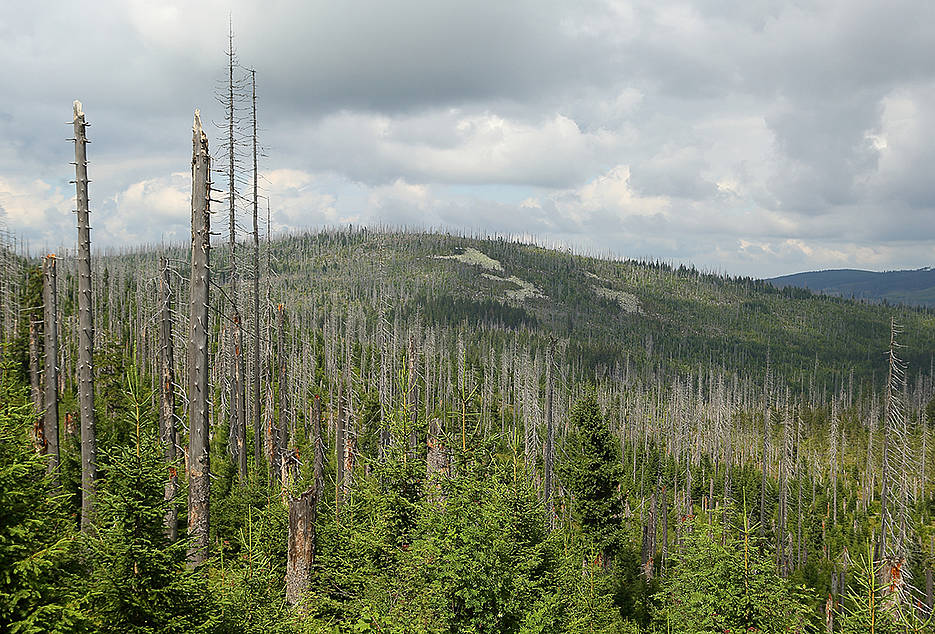
Removing dead trees from the forests and reforesting on a large scale: this is the German Federal Government’s strategy against “Forest Dieback 2.0”. Scientists call for other solutions.

Removing dead trees from the forests and reforesting on a large scale: this is the German Federal Government’s strategy against “Forest Dieback 2.0”. Scientists call for other solutions.

Evolutionary biologists have identified how herbicide-resistant strains of common waterhemp, an invasive weed, have emerged in fields of soy and corn in southwestern Ontario.
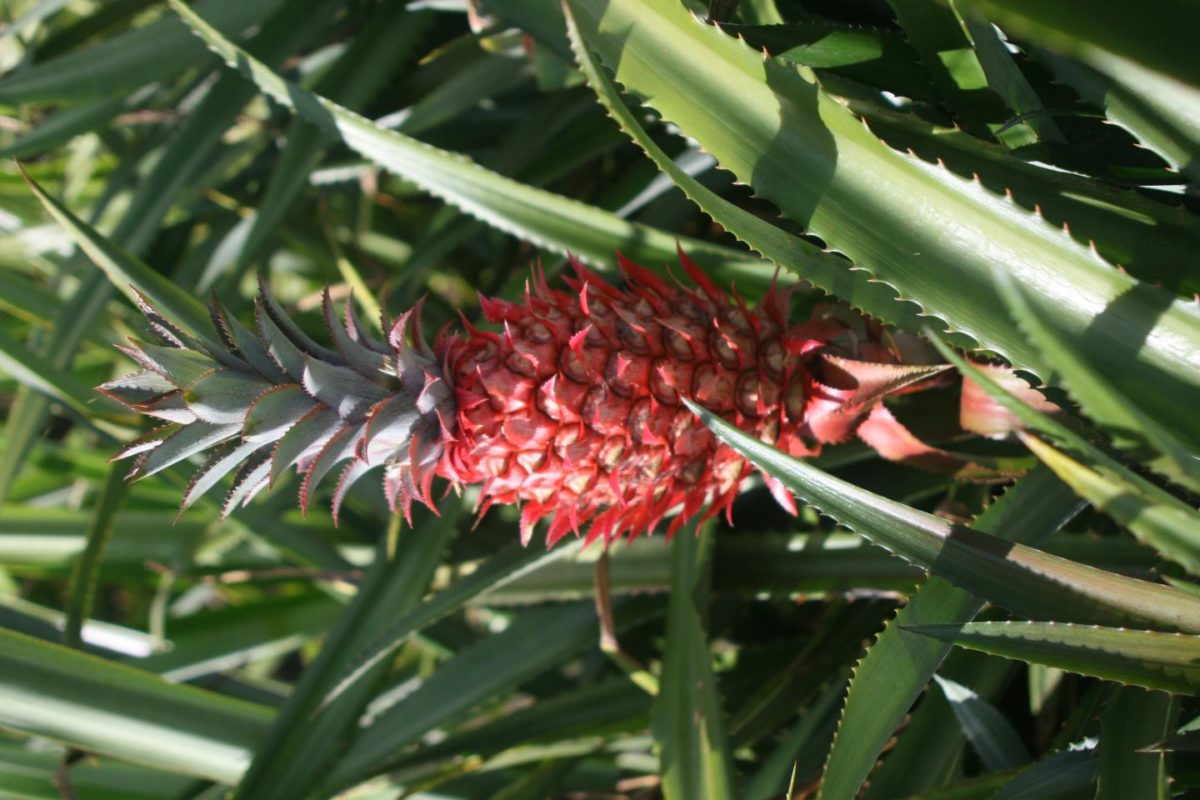
As their Latin name indicates, pineapples are truly “excellent fruits”—and thanks to a freshly completed genome sequencing project, researchers have gained a new understanding of how human agriculture has shaped the evolution of this and other crops.

Before Europeans arrived in America, longleaf pine savannas sprawled across 90 million acres from present-day Florida to Texas and Virginia. Today, thanks to human impacts, less than 3 percent of that acreage remains, and what’s left exists in fragmented patches largely isolated from one another.
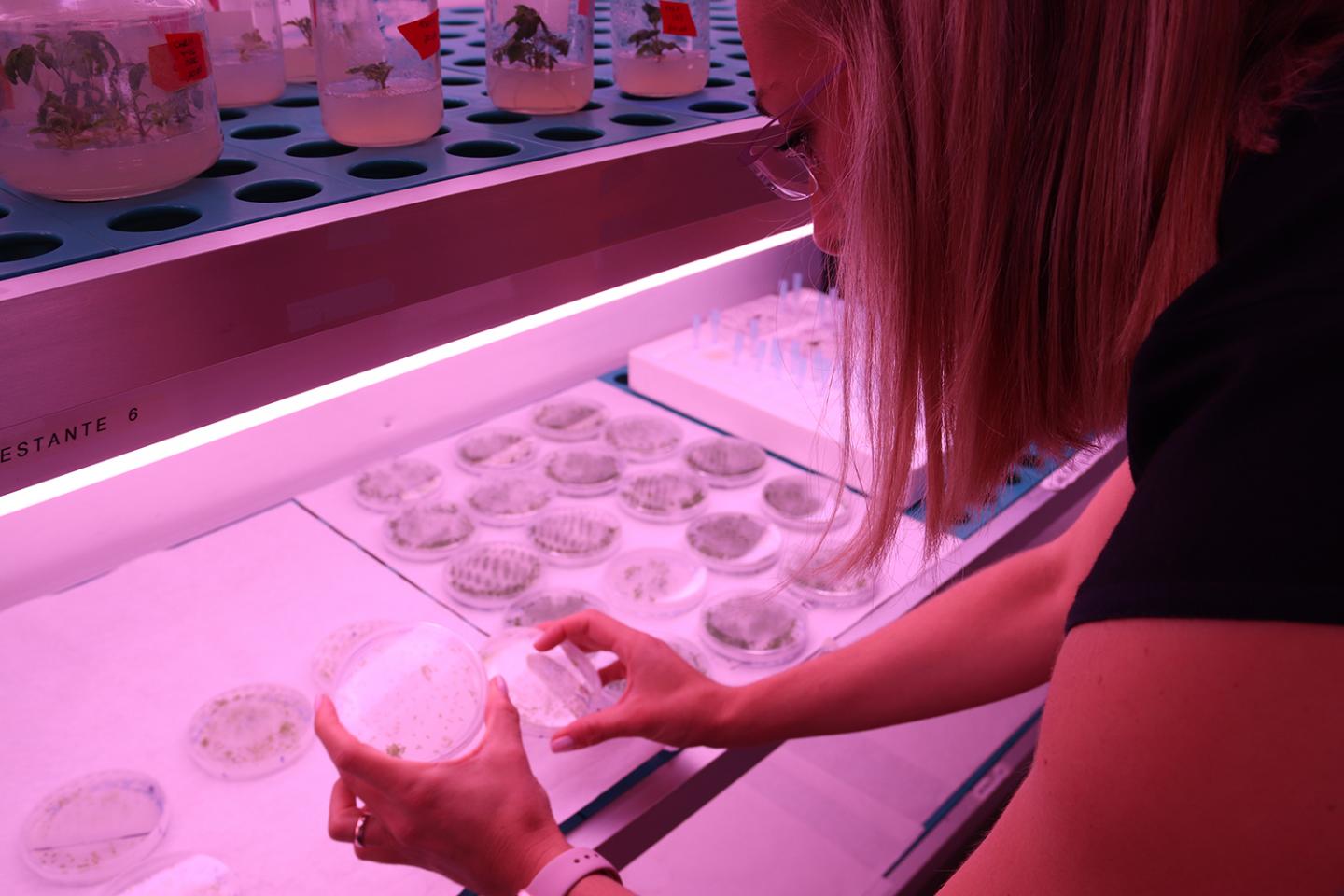
Researchers have discovered a new function of one of the plant’s proteins – BAG4. In their study, they show that this protein takes part in regulating the plant’s breathability, the transporting of potassium to occlusive cells and, therefore, the opening of stomas, the pores located on the leaves and through which the plant breaths. This finding is especially relevant for the development of crops that are more resistant to drought conditions.

Scientists have discovered that soil microbes can make tomato plants more resistant to Bacterial wilt disease caused by Ralstonia solanacearum— opening new possibilities for sustainable food production.

Almond and the peach are two well-known tree species, since humans have been eating their fruit (peach) or seed (almond) for thousands of years. New research shows that the movement of the transposons could lie at the origin of the differences between the fruit of both species or the flavour of the almond.
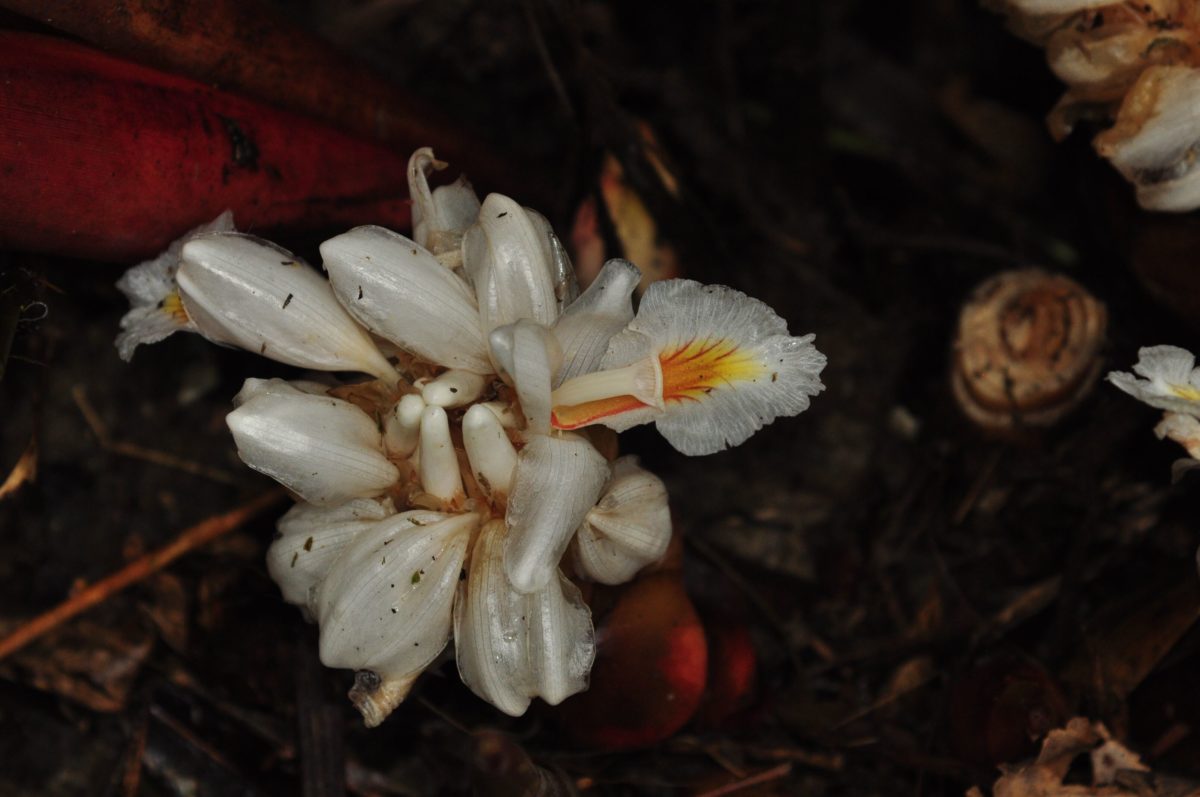
Zingiberaceae, the ginger family of flowering plants, consists of 53 genera and more than 1,377 species. Amomum is the second largest genus in the family Zingiberaceae with about 150–180 species. During floristic surveys of northern Myanmar 2016-2018, researchers found some interesting specimens of Amomum in Putao, Kachin state.
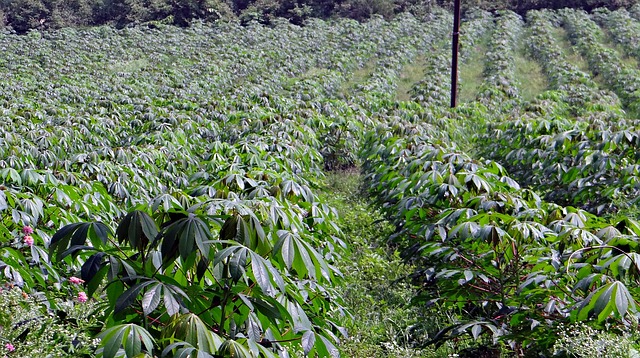
World leaders gather for the UN General Assembly on the 25th September, hundreds of emerging leaders focused on fighting global inequality came together at the Bill & Melinda Gates Foundation’s third annual Goalkeepers event in New York City. Among them, University of Illinois scientist Amanda De Souza highlighted a crop of inequality called cassava, which has starchy, tuberous roots that sustain more than 500 million people in sub-Saharan Africa, yet cassava has been largely neglected by research and development compared to the staple crops of wealthier regions. Recently, De Souza and a team from Realizing Increased Photosynthetic Efficiency (RIPE) published a study in New Phytologist that identified opportunities to improve cassava yields—which have not increased for more than fifty years in Africa.
“For smallholder farmers who depend on tiny plots of land to feed and support their families, cassava is a ‘backup’ crop when other crops fail,” De Souza said at Goalkeepers, where she described her work to improve cassava through the RIPE project. “Especially for women, who represent a majority of smallholder farmers, cassava is a savings account. It is a resource they can harvest all year to pay for things like medical treatments and their children’s school fees.”
The RIPE project is an international effort to develop more productive crops by improving photosynthesis—the natural, sunlight-powered process that all plants use to fix carbon dioxide into carbohydrates that fuel growth, development, and ultimately yields.
Led by RIPE researchers at Illinois and Lancaster University, this study examined factors that limit photosynthesis in 11 popular, or farmer-preferred, African varieties of cassava with the goal to eventually help cassava overcome photosynthetic limitations to boost yields.
First, the team examined the photosynthetic limitations of cassava exposed to constant high levels of light, like a plant would experience at midday with cloudless skies. In these conditions, and like many crops, cassava’s photosynthesis is limited (by as much as 80 percent) by two factors: One half is due to the low speed that carbon dioxide molecules travel through the leaf to reach the enzyme that drives photosynthesis, called Rubisco. The other half is because Rubisco sometimes fixes oxygen molecules by mistake, wasting large amounts of the plant’s energy.
Next, the team evaluated the limitations of photosynthesis under fluctuating light conditions. Surprisingly, and unlike most crops, Rubisco was not the primary limiting factor when leaves transitioned from shade to sunlight, like when the sun comes out from behind a cloud. Instead, cassava is limited by stomata, which are microscopic pores on the surface of leaves that open to allow carbon dioxide to enter the plant but at the cost of water that escapes through these same pores. Stomata are partially closed in the shade and open in response to light when Rubisco is active.
“Rubisco is the major limiting factor during this transition from shade to light for most plants, including rice, wheat, and soybean,” De Souza said. “Cassava is the first crop that we have found where stomata limit photosynthesis during these light transitions more than Rubisco.”
Illinois’ Postdoctoral Researcher Yu Wang created a computer model to quantify how much cassava would gain by overcoming this limitation. According to the leaf-level model, if stomata could open three times faster, cassava could fix 6 percent more carbon dioxide each day. In addition, cassava’s water use efficiency—the ratio of biomass produced to water lost by the plant—could be improved by 16 percent.
In addition, the team found that it takes as long as 20 minutes for cassava to transition from shade to full light and reach the maximum rate of photosynthesis, which is quite slow compared to other crops such as rice that can transition in just a few minutes. However, the fastest variety of cassava could transition almost three times faster and fix 65 percent more carbon dioxide into carbohydrates than the slowest variety. Closing this gap is another opportunity to improve cassava’s productivity.
“Plants are constantly moving from shade to light as leaves shift and clouds pass overhead,” said RIPE Director Stephen Long, Ikenberry Endowed University Chair of Crop Sciences and Plant Biology at Illinois’ Carl R. Woese Institute for Genomic Biology, who contributed to this study. “We hope that the variation that we discovered during these light transitions among cassava varieties can be used to identify new traits, and therefore opportunities for us to improve cassava’s photosynthetic efficiency and yield potential.”
2019 marks the third year of Goalkeepers, an initiative dedicated to accelerating progress towards the Global Goals. The Goalkeepers annual event in New York is a gathering of approximately 400 world leaders, global activists, and community changemakers, using powerful stories, data and partnerships to highlight progress achieved, hold governments accountable and bring together a new generation of leaders to address the world’s major challenges.
Read the paper: New Phytologist
Article source: Carl R. Woese Institute for Genomic Biology, University of Illinois at Urbana-Champaign
Image credit: Bishnu Sarangi / Pixabay

The mitochondrion, “the powerhouse of the cell.” Somewhere back in the very distant past, something like a bacterium moved into another cell and never left, retaining some of its own DNA. For billions of years, mitochondria have passed from mother to offspring of most eukaryotic organisms, generating energy for the cell and playing roles in metabolism and programmed cell death.